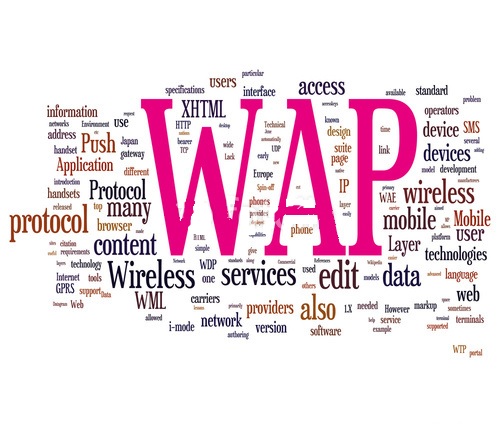


What is WAP (Wireless Application Protocol)?
Wireless Application Protocol (WAP) is a specification for a set of communication protocols to standardize the way wireless devices, such as mobile phones and radio transceivers, can be used for internet access, including email, the web, newsgroups and instant messaging.
Overview
WAP was conceived in 1997 by Ericsson, Motorola, Nokia and Unwired Planet (now Enea Openwave Mobility) at an event known as the WAP Forum. While wireless internet access was possible before the introduction of WAP, different manufacturers used varying technologies, and WAP was intended to be an industry standard. However, WAP is now considered obsolete, as modern devices use networks and browsers that function similarly to those on PCs.
How Does WAP Work?
WAP describes a protocol suite designed to create interoperability between WAP equipment, such as mobile phones that use the protocol, and WAP software, such as WAP-enabled web browsers and network technologies. Before the introduction of WAP, mobile data access capabilities varied widely based on a user's device and mobile provider.
Why Use WAP?
Introduced in 1999, WAP proposed the following benefits for wireless network operators, content providers and end users:
Despite these proposed benefits, WAP did not experience widespread adoption in many countries, and its use declined significantly around 2010 due to widespread HTML compatibility in mobile phones.